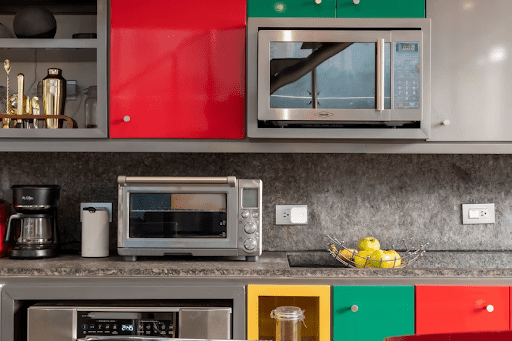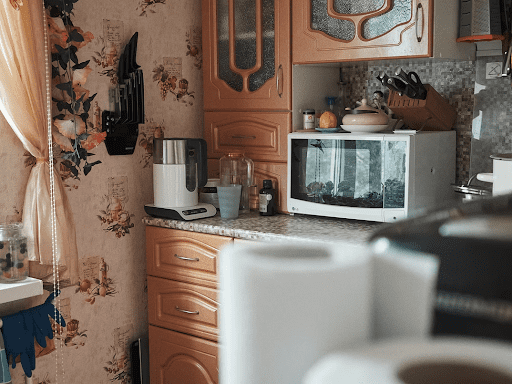Many people still use microwaves daily. They are convenient for heating foods or cooking them quickly. If you prefer not to eat your food cold, then microwaves can be an ideal source of heating for your favorite dishes. There are many safety concerns with microwaving, however. There are conflicting reports about whether or not some dishes can be microwaved safely. Therefore, here are some guidelines for microwaving dishes and knowing which ones to avoid.
Check the label
Contents
The first thing to do before putting your dish into the microwave is to look at it and consider if it has any warning labels on it that pertain to microwaving. Many manufacturers will put warning labels on their products if they can’t be placed in a microwave for fear of melting, breaking, or otherwise being damaged by the process. However, this may not always be true so you should check with each manufacturer individually if their specific product can handle microwaving.
If you see any warnings such as “HOT” or “DO NOT MICROWAVE,” then these items generally shouldn’t go in your machine. If there are no warning signs, then you can assume that the dish is safe to heat up in your microwave. However, it should still be noted that even if a dish has no warning labels, it does not mean that you can put it in your machine.
What Dish Materials Are Safe To Microwave?
To determine whether you can microwave a certain dish, it is very important to check what it is made up of. If your dish is ceramic, then you can put it in the microwave without thinking twice. Glass dishes such as Pyrex can also perfectly safely go into the microwave. One thing to keep in mind before you microwave Pyrex is to check if it has any plastic parts attached. If your dish has any type of plastic on it, then you should probably think twice before microwaving.
Plastic is a different story. In many cases, most plastics will not be able to handle the high temperatures required for cooking with microwaves. However, there are microwave-safe plastics out there that can be put into the microwave, but you should check the label to ensure that they are microwave safe before putting them in. Still, it is recommended to skip the plastic containers if there is any other alternative available.
What Dish Materials Are Not Safe To Microwave?
The microwave is a great source of heat, but some materials simply do not stand up to the high temperatures required for microwaves. Some of the main materials that are not microwave-safe are plastic, paper, and cardboard. Paper is especially dangerous because it will almost always burn when heated up in a microwave, producing toxic fumes.
Another material that should be avoided is metal. Most metals will reflect microwave energy, which can cause sparks to fly and even damage your microwave itself. Therefore, it’s best not to microwave dishes made up of metal no matter how delicious the food you’re trying to microwave might taste.
Verify Its Shape
Another way that you can tell whether or not a dish should be microwave is by looking at its shape. Generally, round and square dishes are fine for microwaving. If it’s something more unusual, like a deep bowl with slanted sides or an object in the shape of an animal, then these are not ideal for microwave use even if they appear otherwise. These types of items do not have flat edges which means that there won’t be any spots for steam to escape from while they are being heated up inside the machine. Therefore, this steam builds up under pressure within the dish which usually leads to cracking or breaking due to high heat.
Check the design
Another factor to consider is how well a dish has been made. If there are any seams or gaps in the design, then microwave cooking can cause steam and other liquids to escape which can produce some messes later on. Seams on the bottom of a plate where pieces have been glued together or around the handles on a pot are easy examples of this problem.
Additionally, avoid microwave cooking dishes with long, thin handles because they can easily get caught under the microwave turntable. It’s also not a good idea to microwave dishes with cords and wires which could potentially expose them to high heat and cause damage.
You should also avoid microwaving cracked or broken utensils as these can be hazardous in the microwave. While you might like to use your good china for special occasions, it’s best not to use it when microwaving food because these materials could warp in the microwave and potentially cause injuries.
Though these guidelines will help ensure that your dish is microwave-safe, make sure you read the label of each product before putting it into the microwave. If you are not sure what to do, it may be helpful to place some common dishes in the microwave for a short amount of time just to see how they react. However, make sure to keep in mind these precautions before microwaving as it will save you many potential accidents in the future.

